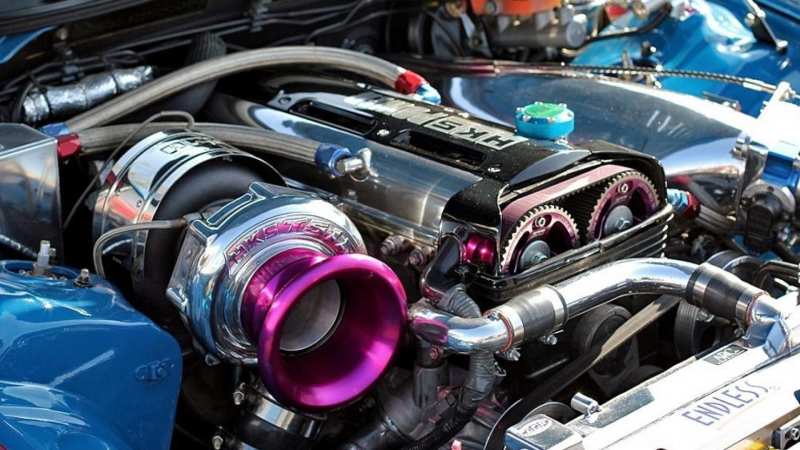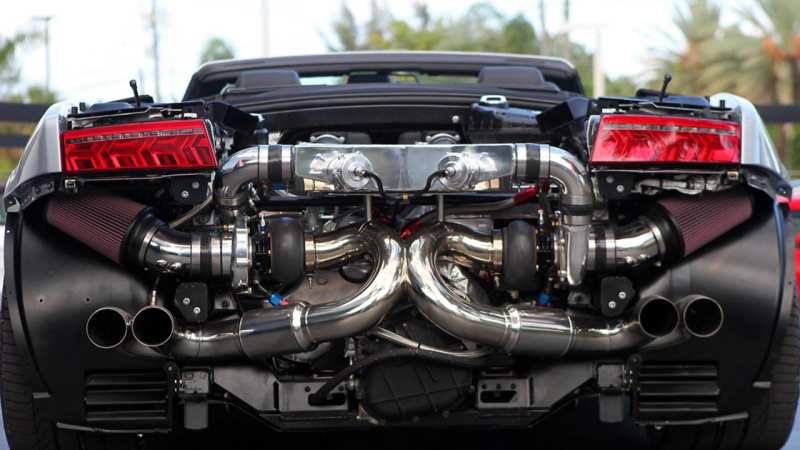Advantages and disadvantages of atmospheric and turbo engines

When choosing used cars, one important factor is the type of engine. The two most common types are atmospheric and turbo. They have their own features, advantages and disadvantages. Let’s take a closer look at them.
The atmospheric engine, or non-supercharged engine, works by feeding a mixture of air and fuel into the cylinders. The advantages of atmospheric engines include:
- Simplicity and reliability – they have a relatively simple design without complicated supercharging systems. This makes them more reliable and cheaper to maintain.
- Linear power output – provide smooth and linear acceleration throughout the rev range, which may be preferable for everyday use or comfortable driving.
- Economical – Goes low on fuel consumption at low to medium speeds. They consume less fuel on easy and quiet routes.
However, they also have some disadvantages:
- Limited power – Compared to turbo engines, atmospheric engines often have lower power and torque. This can be a problem when demanding high performance or when hauling large loads.
- Low efficiency at high rpm – Atmospheric engines tend to lose power at high rpm and can be limited in speed. This can be a problem when demanding a fast and dynamic ride.
A turbo engine uses turbocharging to increase the amount of air flowing into the cylinders. The advantages of turbo engines include:
- High power and torque – this provides better performance and a dynamic ride.
- Improved fuel efficiency at high speeds – allow you to use more efficient air compression, resulting in fuel savings at high speeds and on active driving.
- Increased altitude performance – make up for the loss of power at altitudes where atmospheric pressure is lower. This makes them especially useful in regions with mountainous conditions.
Some disadvantages of turbo engines include:
- High technical requirements and complexity – Turbo engines have a more complex design that requires high technical requirements and careful maintenance. Improper handling or insufficient maintenance can lead to breakdowns and high repair costs.
- Delayed boost (turbo lag) – Some turbo engines can have a delay in power output, known as “turbo lag,” due to the time it takes for the turbine to build the necessary pressure. This can reduce engine responsiveness at low rpm.
When choosing between an atmospheric or turbo engine, consider your power, performance and fuel economy needs. Each type of engine has its advantages and disadvantages, and the best choice will depend on your preferences and driving style.

